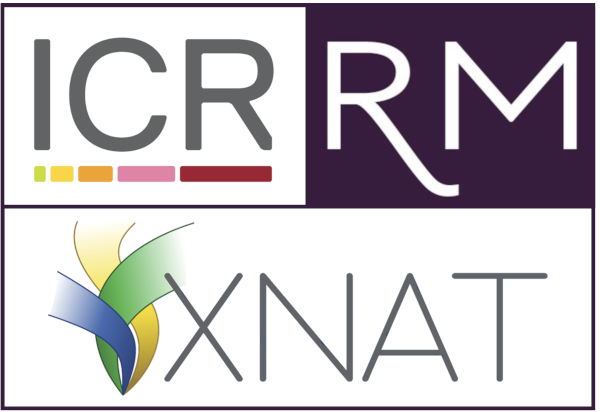FAQs for researchers
Imaging data are getting larger. How do I find my data when I have more than 100k image directories?
There is enormous utility of creating a secure, canonical copy of our data, a “single point of truth” and a place where all researchers can come to download their own working copies of the imaging and related data. XNAT specialises in organising data and it takes just six mouse-clicks to navigate all the way from viewing one’s entire research data portfolio to downloading the data for an individual imaging slice of a single research subject data set. XNAT can store not just DICOM image data but accompanying files providing non-DICOM resources (text and PDF documents, spreadsheets, presentations, models and other processing outputs). All the data are searchable and the extensible nature of XNAT means that custom data types can be created and new metadata defined. Custom forms allow arbitary clinical data to be entered via the webapp and XNAT’s powerful REST API means that all these tasks can be performed programmatically as well.
How do I build a cohort and combine my data with somebody else’s data?
XNAT has extremely powerful search facilities allowing data to be searched across projects. This can be performed either within the webapp itself or programmatically. Once appropriate data sharing agreements are is in place, the XNAT Team can grant access to projects owned by other users. We have developed a technical demonstration of the ability to link together multiple XNAT instances, allowing cross-platform searches and hence the “de-siloing” of data. In future, the different XNATs could be situated in different institutions (for example, the partners in the NCITA consortium. Development work is well advanced to create cohort-building dashboards that will expose information on potential cohort sizes without the revealing any other details about the underlying data.
I have a great algorithm. How do I apply it to the right selection of my data?
XNAT’s Container Service is a “data broker” that sits in the centre of a triangle consisting of:
- the image data themselves, which are stored within XNAT’s image archive;
- the library of containerised algorithms enabled for a given XNAT instance; and
- the user.
The user chooses what algorithm they want to run and in what context the algorithm should be executed. For example:
- Run the algorithm on a single scan.
- Apply the algorithm to all scans from a given subject.
- Apply the algorithm to all subjects within a project. In principle, this means that the entire processing for a clinical trial could be run with a single mouse-click.
- Run the algorithm automatically when new scans appear in the Repository
I’ve changed to an even cooler algorithm. How do I re-run my entire processing chain it on the same set of data with the same inputs?
With the XNAT Container Service, this is a piece of cake. Once an algorithm is containerised, it becomes straightforward to make small changes and re-run the entire set of data processing steps on all the original data. Indeed, the results of multiple iterations of the analysis for a research trial could each be stored separately and this paradigm meshes extremely well with recent ideas of Machine Learning Operations (MLOPs) for artificial intelligence applications.
What’s the best way of running QA on my imaging data as they arrive?
In conjunction with the ICR/RM XNAT Repository, the NCITA QA/QC Unit has developed a containerised workflow for validating scans that looks at acquisition parameters of the incoming data and comparing these to a template derived from an master imaging session (for example, one obtained at a site qualification visit). Deviations from the expected parameters are logged and summarised in a per-session report.
How do I integrate AI into my workflows?
Two methods are currently possible within XNAT.
- Containerise the AI workflow and run it as a background task, as demonstrated by our integration of TotalSegmentator.
- Use the NVIDIA Clara or MONAI Label tool in the OHIF viewer.

